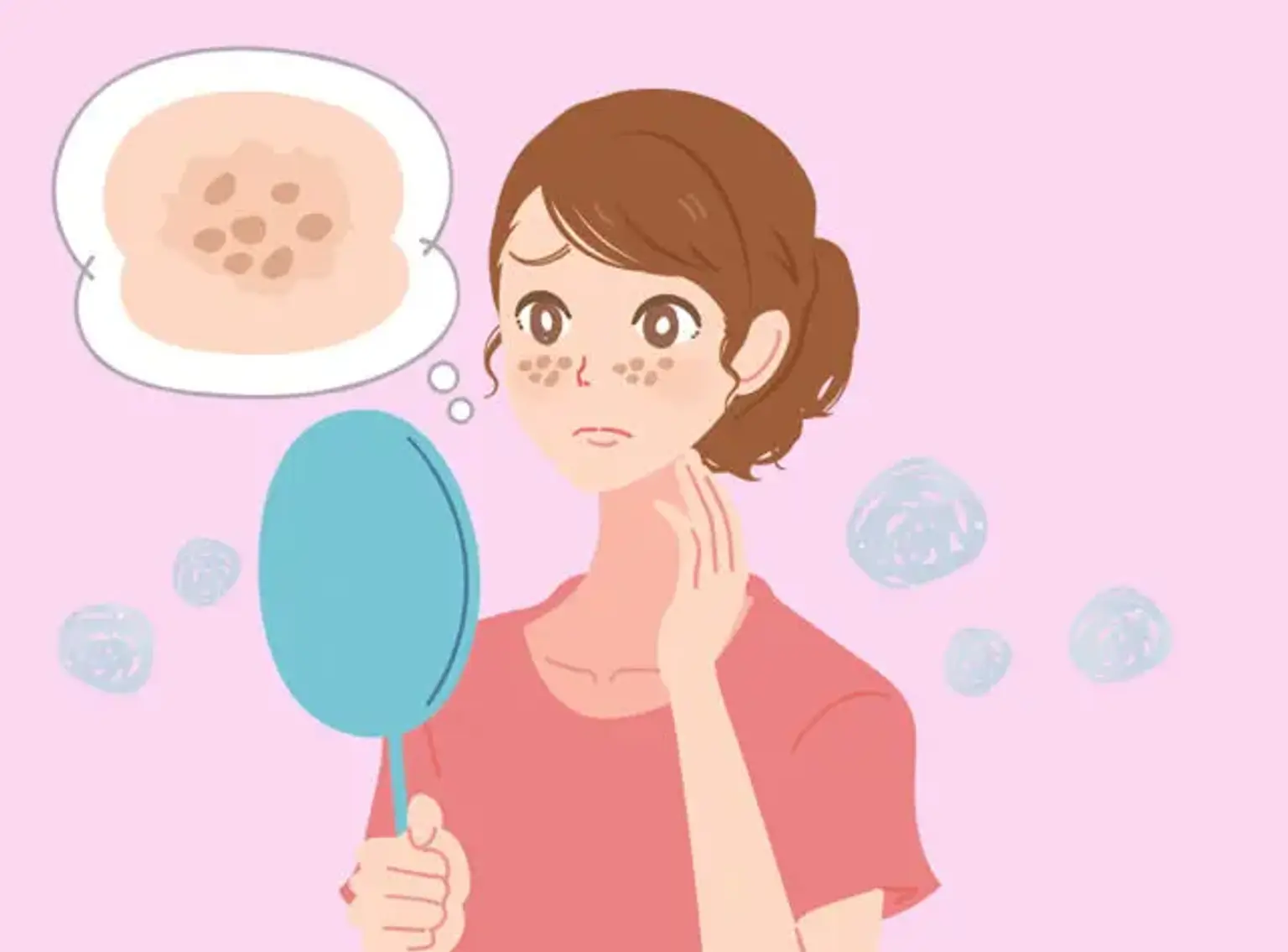Pigmentation
Pigmentation is a condition characterized by the coloring of the skin, including the face, lips, eyes, hair, etc. Melanin is a pigment present in the skin. It is produced by skin cells to protect them from UV radiation damage.
The overall color of a person's skin is determined by the amount of melanin present in their skin. But sometimes, the skin may produce excessive melanin in one location, resulting in skin darkening. This condition is known as hyperpigmentation.
Hyperpigmentation usually affects only the skin patches, although it can sometimes affect the entire body. It is normally harmless but can occur due to a particular medical problem. Your skin can also darken as a result of certain drugs. For the most part, it's more of an aesthetic concern.
